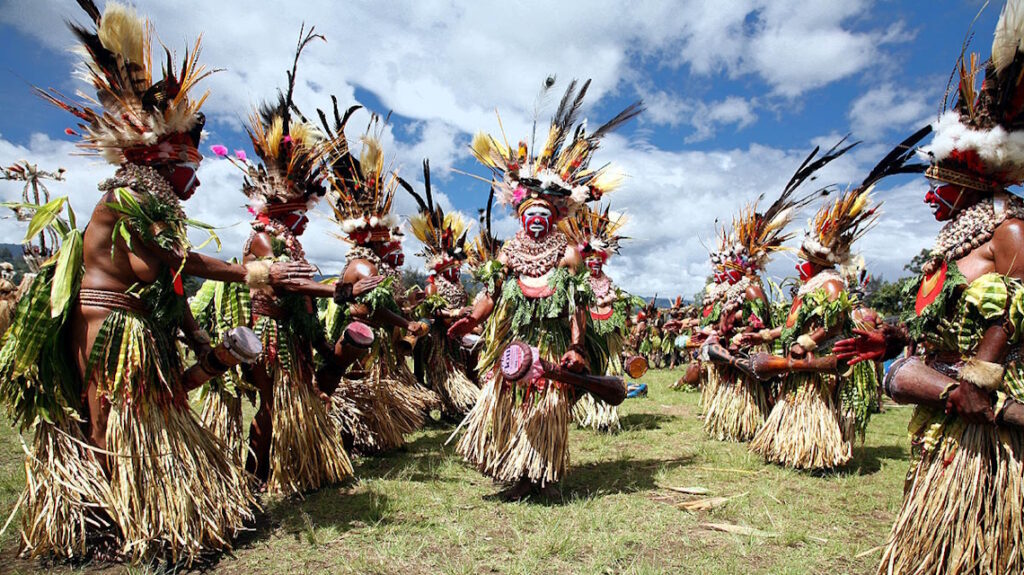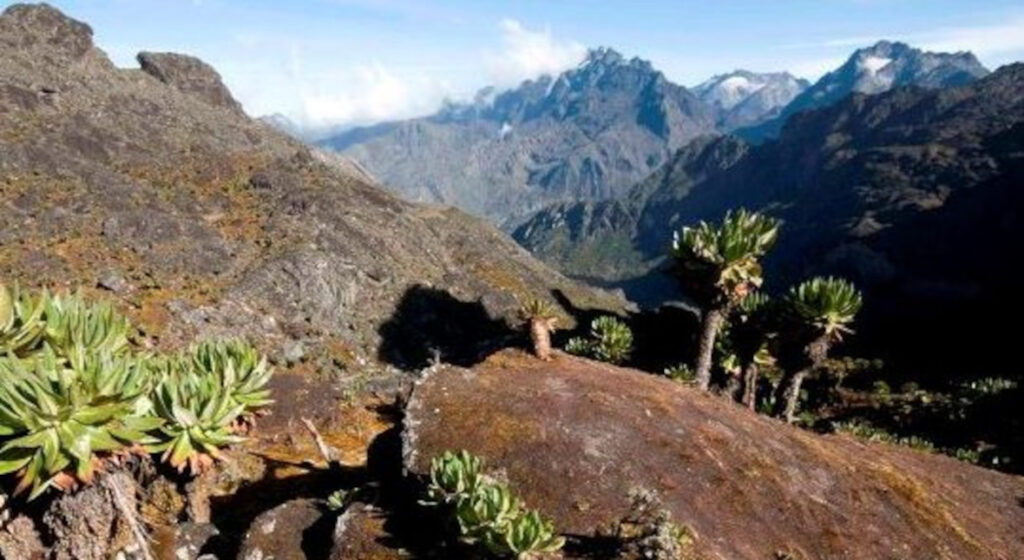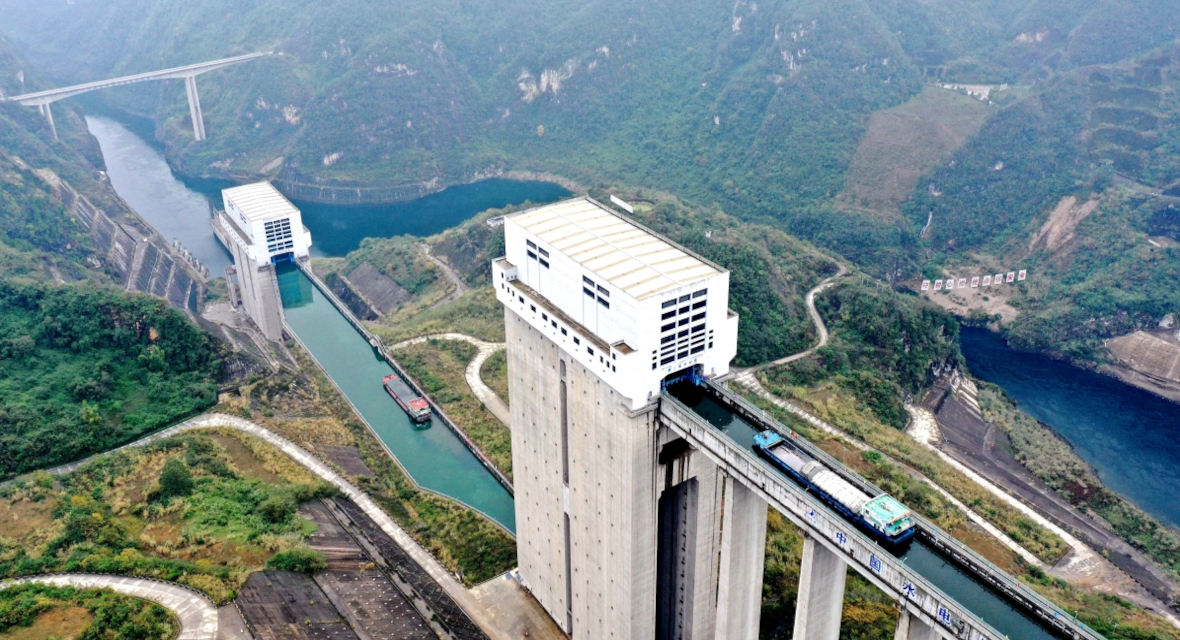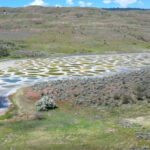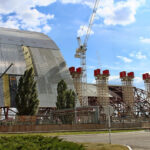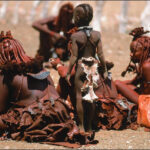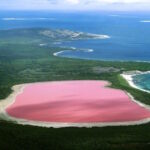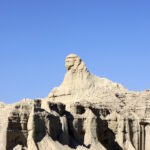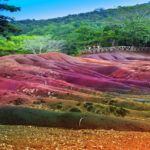Now Reading: How different cultures around the world integrate natural phenomena into their worldview.
-
01
How different cultures around the world integrate natural phenomena into their worldview.
How different cultures around the world integrate natural phenomena into their worldview.
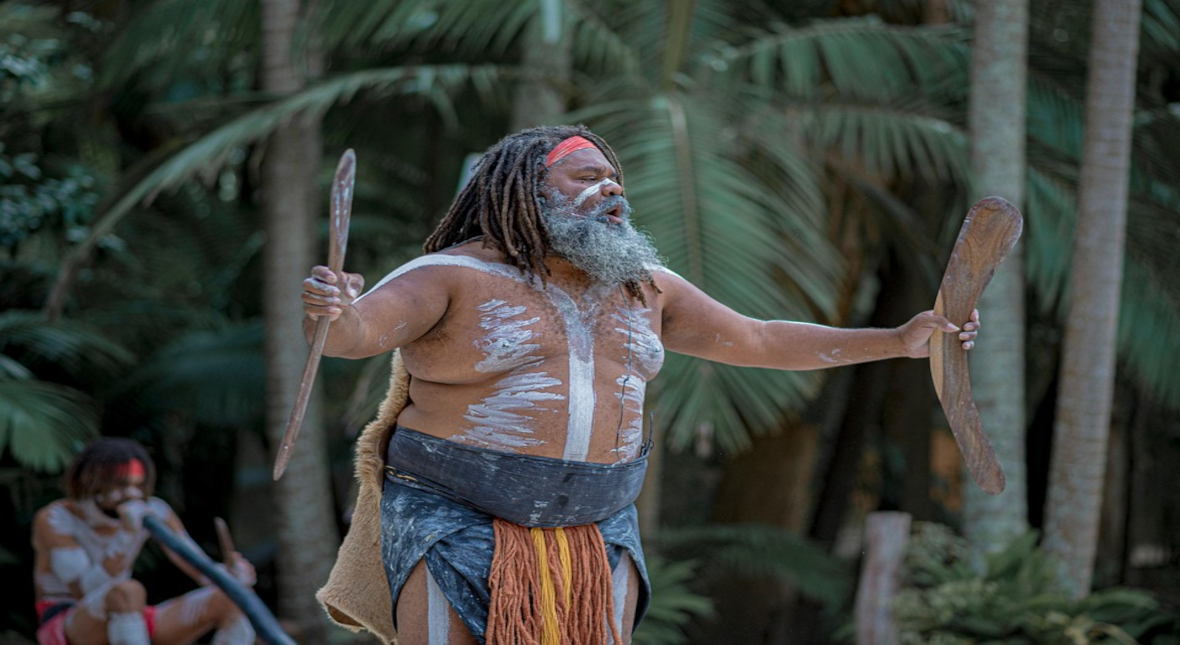
Cultures across the world have long integrated natural phenomena into their worldviews, shaping their myths, religious beliefs, rituals, architecture, and even scientific understanding. These interpretations help communities make sense of their environment, guide their behavior, and establish traditions that persist for generations. Below is a detailed exploration of how different cultures have incorporated natural phenomena into their worldview.
Volcanic Eruptions: The Wrath of the Gods
Volcanoes have long been viewed as manifestations of divine power, destruction, and renewal. Their unpredictability and fiery displays made them central to many mythologies.
Hawaiian Beliefs – Pele, the Volcano Goddess
Pele, the goddess of volcanoes and fire, is said to reside in Kīlauea, one of the most active volcanoes in the world.
Hawaiian legends describe Pele as passionate and vengeful, creating land through fiery eruptions.
Many locals believe taking volcanic rocks from Hawaii angers Pele, leading to bad luck.
Roman Mythology – Vulcan’s Fiery Forge
The Romans linked volcanic activity to Vulcan, the god of fire and metalworking.
Mount Vesuvius, which destroyed Pompeii in 79 CE, was believed to be Vulcan’s forge at work.
Romans saw eruptions as signs of the gods’ displeasure or warnings of future calamities.
Indonesia – Mount Merapi and the Spirit World
In Java, Mount Merapi is considered a sacred site, believed to be guarded by spirits.
Local shamans perform rituals to communicate with these spirits and predict eruptions.
Traditional offerings, such as food and flowers, are made to appease these supernatural beings.
Auroras (Northern & Southern Lights): Celestial Spirits and Omens
The ethereal glow of auroras has inspired many myths, often seen as spirits, divine messages, or celestial battles.
Inuit and Sami Beliefs – Dancing Spirits
The Inuit of Greenland and Canada believed auroras were the spirits of the dead playing games.
The Sami people of Scandinavia viewed them as sacred and avoided whistling near them, fearing they could bring spirits down.
Chinese Mythology – Celestial Dragons
In ancient China, auroras were believed to be dragons breathing fire as they clashed in the heavens.
These celestial battles were thought to influence earthly events, like war and famine.
Viking Lore – The Bifröst Bridge
Vikings believed auroras were reflections of Bifröst, the bridge connecting Earth to Asgard.
The glowing lights were seen as a path for warriors traveling to Valhalla.
Droughts & Rainmaking Rituals: Appeasing the Gods for Water
Droughts have historically been interpreted as divine punishment, requiring rituals and sacrifices to restore balance.
Aztec Worship of Tlaloc – The Rain God
The Aztecs believed Tlaloc controlled rainfall and droughts.
During dry seasons, they performed child sacrifices, believing that children’s tears would bring rain.
Hopi Rain Dances (North America)
The Hopi people of Arizona perform rain dances, an elaborate ritual involving masked dancers, chanting, and symbolic movements that mimic rainfall.
Hindu Mythology – Indra and the Monsoons
Indra, the god of rain and storms, was believed to bring monsoons to India.
The Rigveda describes Indra battling Vritra, a demon blocking the waters, to release the rains.
African Rainmaking Rituals
Many African cultures, such as the Zulu and Shona, have shamans who conduct rainmaking ceremonies with drumming, singing, and offerings.
Tsunamis & Flood Myths: Divine Cleansing or Cosmic Punishment
Flood myths appear in many cultures, often symbolizing renewal, divine wrath, or moral cleansing.
Mesopotamian & Biblical Flood Stories
The Epic of Gilgamesh describes a great flood sent by the gods to cleanse humanity.
The Bible’s Noah’s Ark mirrors this, with Noah saving life on Earth by building an ark.
Indigenous Tsunami Legends – Oral Warnings for Survival
The Huu-ay-aht First Nations of Canada tell of a Thunderbird battling a sea serpent, causing massive waves.
These stories serve as warnings, teaching people to evacuate when the sea suddenly recedes.
Japanese Tsunami Stones – Ancient Warnings
In Japan, tsunami stones mark safe zones where past tsunamis reached.
Inscriptions advise not to build homes below these markers to prevent future disasters.
Earthquakes: Shaking the World Through Myths and Gods
Earthquakes have been explained as the actions of gods, mythical creatures, or restless spirits.
Japanese Mythology – Namazu, the Giant Catfish
The Japanese believed earthquakes were caused by Namazu, a giant catfish living underground.
The god Kashima placed a stone on Namazu’s head to keep it still, but when the stone weakened, the fish thrashed, causing tremors.
Greek Mythology – Poseidon, the Earth-Shaker
Poseidon, god of the sea, was also called Ennosigaios (“Earth-Shaker”).
Earthquakes occurred when Poseidon struck the ground with his trident in anger.
Inca Beliefs – Pachamama’s Fury
The Inca worshiped Pachamama, the Earth goddess, and saw earthquakes as her way of expressing displeasure.
Rituals and sacrifices were made to appease her and ensure stability.
Meteor Showers & Comets: Omens of Change and Doom
Meteors and comets have often been seen as celestial warnings or divine messages.
Mayan Astronomy – Fire Serpents in the Sky
The Maya recorded meteor showers and believed they were fire serpents descending from the heavens.
These events were sometimes interpreted as signs of war or political upheaval.
European Middle Ages – Comets as Harbingers of Doom
The Great Comet of 1347 was thought to have foretold the Black Death, one of the deadliest pandemics in history.
Many saw comets as omens of war, famine, or the deaths of rulers.
Chinese Imperial Astrology – The Fall of Dynasties
Ancient Chinese astronomers carefully tracked meteors and comets, believing they foretold the fall of emperors.
Records show that comet sightings were often linked to political instability.
Final Thoughts: The Power of Nature in Culture
Natural phenomena have always fascinated humanity, shaping cultural beliefs, rituals, and legends. From volcanoes and auroras to droughts and earthquakes, societies have found ways to explain and integrate these events into their worldviews—whether through mythology, science, or spiritual practices.











